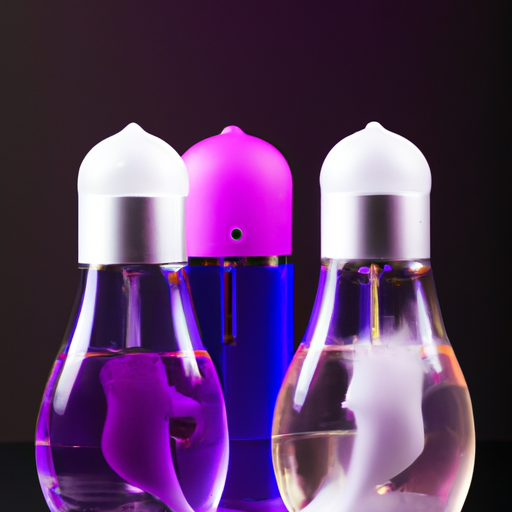Whether you’re young and new to the game, or seasoned and stepping back into the dating scene, attraction plays a central role in the potential formation of romantic relationships. Attraction is often viewed as a mysterious force, a complex dance influenced by various factors like physical attractiveness, shared interests, compatible personalities, and communication skills. But did you know that this dance may be subtly orchestrated by invisible factors such as pheromones?
Pheromones are chemicals capable of acting outside the body of the secreting individual to impact the behavior of the receiving individuals. While they are a well-documented phenomenon in many animal species, guiding behaviors ranging from mating to territorial marking, the role of pheromones in human attraction is a subject of ongoing debate and research.
Though the evidence is not definitive, it is suggested that humans, like many other animals, might produce and respond to pheromones, which could influence our subconscious impressions about potential partners. While we’re busy focusing on a potential partner’s smile, the sound of their laugh, or their taste in music, our bodies might be communicating on a whole different level beneath our conscious awareness.
The concept of human pheromones was first proposed in the 1970s when researchers identified a substance extracted from men’s underarm sweat that, when applied to women’s upper lips, affected their menstrual cycle timing. Though not a direct indication of influencing attraction, it hinted at the potential for biochemical communication between humans.
Further research conducted in the 1990s discovered the existence of a tiny organ in the nasal passage, known as the vomeronasal organ (VNO), previously thought to be only present in animals. This organ, in other mammals, is known to be a receptor for pheromones. The discovery of the VNO in humans provided the strongest hint yet that humans might use pheromones.
Several commercial products have claimed to use the power of pheromones to make people more attractive to the opposite sex. While the science behind such claims remains dubious, the idea is firmly rooted in public consciousness.
Understanding the science behind attraction and the potential role of pheromones can remove some of the mystique surrounding dating. It opens our eyes to the idea that it’s not entirely about the “perfect” dress or the “right” cologne; there’s a whole layer of chemical communication happening beneath our awareness.
However, the role of pheromones in human attraction should not be overstated. Attraction is a complex interplay of numerous factors, including appearance, personality, shared interests, values, and timing. Pheromones, if they play a role, are likely just one small part of a much larger puzzle.
Moreover, attraction and successful dating are about more than just the initial spark. They also involve building emotional intimacy, communicating effectively, understanding each other’s needs and desires, and nurturing the relationship.
As middle-aged adults navigating the dating scene, it’s essential to understand that attraction is not solely about physical appearance or the mysterious potential of pheromones. The depth and richness of our experiences, our emotional maturity, and our developed personalities contribute significantly to our attractiveness. Our age, far from being a disadvantage, enriches us, makes us more interesting, and, yes, more attractive.
The potential role of pheromones in human attraction is a fascinating concept. Still, it is but a drop in the ocean of factors that contribute to the rich and complex experience of human dating and relationships. Middle-aged or not, our value in the dating scene is not dependent on our pheromone production or our physical appearance, but on the complex, intriguing individuals we have become through our life’s journey.

